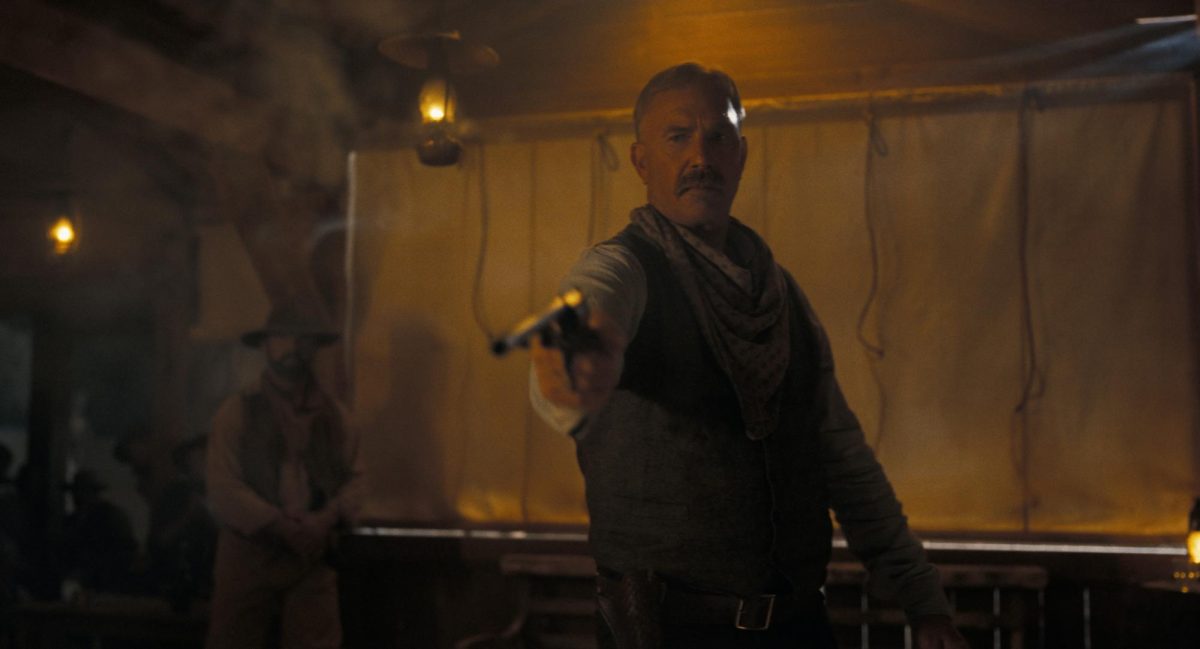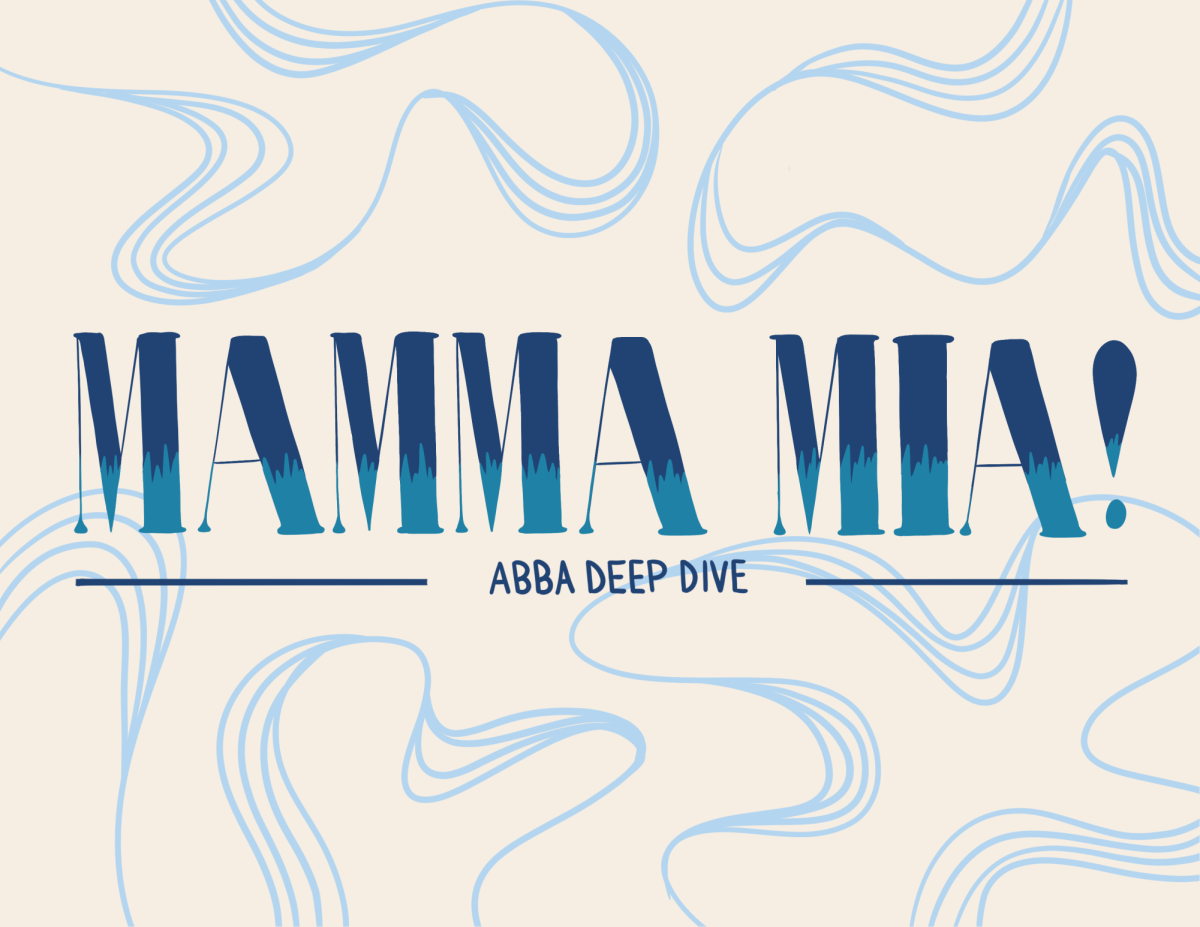Warning: This review contains spoilers for “The Shape of Water.”
In the surprising, sublime film “The Shape of Water,” every moment is rife with contradiction. This is a movie that looks like a thriller, but feels like a romance. This is a movie in which a Mexican-born filmmaker comments on American social problems with more nuance than most directors born in the States. Most importantly, this is a movie about a monster that has a lot to say about what makes us human.
Set in 1962 Baltimore, the plot centers on Elisa Esposito (Sally Hawkins), a mute janitor at a government laboratory. Elisa is not unhappy, but her daily routine can quickly turn isolating — she has no family and her only friends are her closeted gay neighbor, Giles (Richard Jenkins), and her talkative co-worker, Zelda (Octavia Spencer). Elisa’s life unexpectedly changes when the sadistic Colonel Richard Strickland (Michael Shannon) brings in a strange aquatic creature to the laboratory. Elisa feels an unexplained connection to the creature and soon begins to secretly visit him at work. As she discovers the creature is capable of understanding language and music, their relationship blossoms and Elisa becomes increasingly upset at Strickland’s brutal treatment of the creature. As her feelings become more overwhelming, Elisa begins to take surprising risks to protect her new friend and to continue exploring their relationship.
The film’s narrative is influenced by several genre films: classic monster movies, spy thrillers and fairy tales. Director and co-writer Guillermo Del Toro shrewdly adopts and subverts these classic genre conventions. The result, like our lovable amphibian-humanoid, is both entirely unique and strangely familiar. Genre films are often denied prestige and acclaim from critics — even well-made ones can be written off as “unimportant.” The Academy Awards have certainly upheld this paradigm: the last fantasy film to win Best Picture was “The Lord of the Rings: The Return of the King” in 2003. “The Shape of Water” is a compelling argument against these biases: the film gracefully integrates “low culture” into “high art.” The film is as complex visually and thematically as it is narratively. In fact, as novel as the film’s genre hopping can be, the film’s chief pleasures are not from the storytelling — the plot is generally the least engaging part of the film.
“The Shape of Water” confirms that Del Toro is a singularly talented filmmaker. Visually, the film is impeccable, from the mesmerizing design of the creature to the film’s color palette, centered on brilliant shades of blue. Del Toro’s images juxtapose the nightmarish and the beautiful until the two bleed into each other. By focusing on a character incapable of spoken language, Del Toro capitalizes on the opportunity to explore other forms of storytelling. Music and dance become an integral part of the film’s narrative (Alexandre Desplat is responsible for the film’s charming, whimsical score). Scenes from classic Hollywood musicals are a running motif through the film. In one stunning sequence, Elisa begins to speak to the creature, slowly building up to a full song and dance number, but the fantasy doesn’t last and Elisa returns to reality in a heartbreaking decrescendo. This film is an excellent advertisement for Del Toro’s talents as a stylist and storyteller, and his resplendent imagination becomes the film’s driving force.
“The Shape of Water” has great compassion for misfits, and the emotional core of the film is found in the bonds between the marginalized. Elisa and her friends are trapped socially, economically and romantically, and their bond is deepened by mutual longing for change. Jenkins and Spencer both give excellent performances; his gorgeously understated, her’s boldly funny. Without resorting to hysterics, they convey the pain of living in a world unwilling to fully accept them. They compliment the powerful connection Elisa forms with the creature — the film’s framing of the creature as a fellow victim of discrimination goes a long way in building the audience’s sympathy. Del Toro creates smart parallels between Elisa’s hardships and the creature’s. Both are deeply human characters unable to utilize a deeply human trait; spoken language. This may seem fundamentally tragic, but in a turn of radical empathy, the film uses it as a launchpad for deep connection.
Hawkins is clearly the beating heart of this film and her performance as Elisa is altogether wonderful. Utilizing her youthful, innocent face to great effect, Hawkins takes on the challenge of performing without any vocalizations and makes it look easy. Her performance is intensely physical — Hawkins utilizes a subtle facial expression or body movement to convey complex emotions with stunning precision. She understands that Elisa is neither victim nor superhero. The result is a depiction of a disabled woman that is winningly complex and completely affecting. (Warning: spoilers will follow.) As it becomes clear that the connection between Elisa and the creature is turning romantic, Hawkins and Del Toro take up the challenge of presenting a sexual relationship that is certainly unconventional and potentially shocking. The film’s treatment of romance and sexuality is frank and at times surprisingly explicit, but Del Toro’s work never sensationalizes the odd pair, and the results fit naturally into the film. The film never questions the notion that the love between Elisa and the creature is beautiful and the audience has little reason to disagree. In an interview with Indie Wire Del Toro said, “We are used to either never depicting female sexuality or depicting it in a glamorized, artificial way.” “The Shape of Water” goes a long way in defying that false dichotomy.
Like many stories of star-crossed lovers, the romance in “The Shape of Water” is one that the world can’t contain: it is at once too big and too bold. As fairy tales go, this one is more Hans Christian Anderson than Walt Disney, but Del Toro’s compassion for (most of) his characters shines through every moment of this film. In “The Shape of Water,” cruelty is never far away, but the overall message is more preoccupied with gentler themes of love, passion and grace. Without giving too much away, I will say that the finale is altogether gorgeous: a thoughtful remedy to the darkness of the world. It’s a fitting ending to a tender, soulful film.














